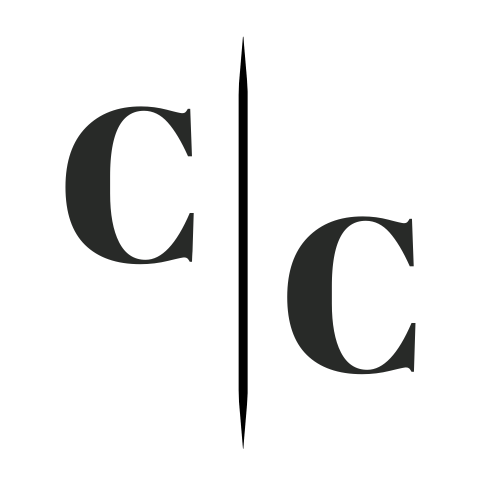My goal is to always be able to answer the question, “Where and by how much did your organization reduce risk and at what cost?” If you, or your responsible teams, use heatmaps, risk matrices, ordinal scales or other qualitative methods, try to answer that question.
To achieve my goal, I work according to formalized procedures for the discovery packages and the quantitative decision analysis. While the RM Governance discovery resembles a traditional audit, in general the other modes of consultation include the following workflow:
- Defining the problem: Together, we first identify the key question to be answered. Is it a matter of which alternative course of action to take, a matter of timing or simply a yes or no to the matter of approving a certain proposal? Defining and communicating the problem is key to deciding which tools to use, identifying relevant risks and your budget constraints, costs and other variables.
- Modeling with current knowledge: If you already have a lot of data – great. If you don’t have a lot of data – no problem. Wherever possible, we’ll use data available. In addition, every organization has its resident experts that are a gold mine of information. However, your experts are human and as such prone to under-/overconfidence and inconsistency in their estimations. There are several ways of controlling for this fact – some will require some more time from their end but all are scientifically backed and proven. All modeling is done in python and auditable databases are used to store the required data points.
- Improving the model by reducing uncertainty: By computing the monetary value of expected opportunity loss and the remaining uncertainty of each variable, it is possible to determine which ones could benefit most cost-efficiently from additional research. If you could reduce the expected opportunity loss of a decision by €200K with a survey that would cost €26K, that would be a good investment.
- Presenting your decision alternatives: The final output of the model and complementary report will present to you “parallel universes”, so to speak. After our time together you will be able to chose from a range of alternatives, each complemented with its pros, cons, costs and return on investment.
This process produces results similar to quantitative financial analysis or insurance – actuarial – analysis. Instead of knowing some risks are “high” and others are “yellow”, you will know that investing in security measure ‘B’ would have a 210% return on investment or that you don’t need that proposed policy reform because even the worst realistic estimates fall within your budget.
Although it can seem daunting to explicitly tackle your uncertainties, you need to quantify to clarify.
Get in touch to learn more about how you can guide your organization’s decision-making with proven scientific methods.
